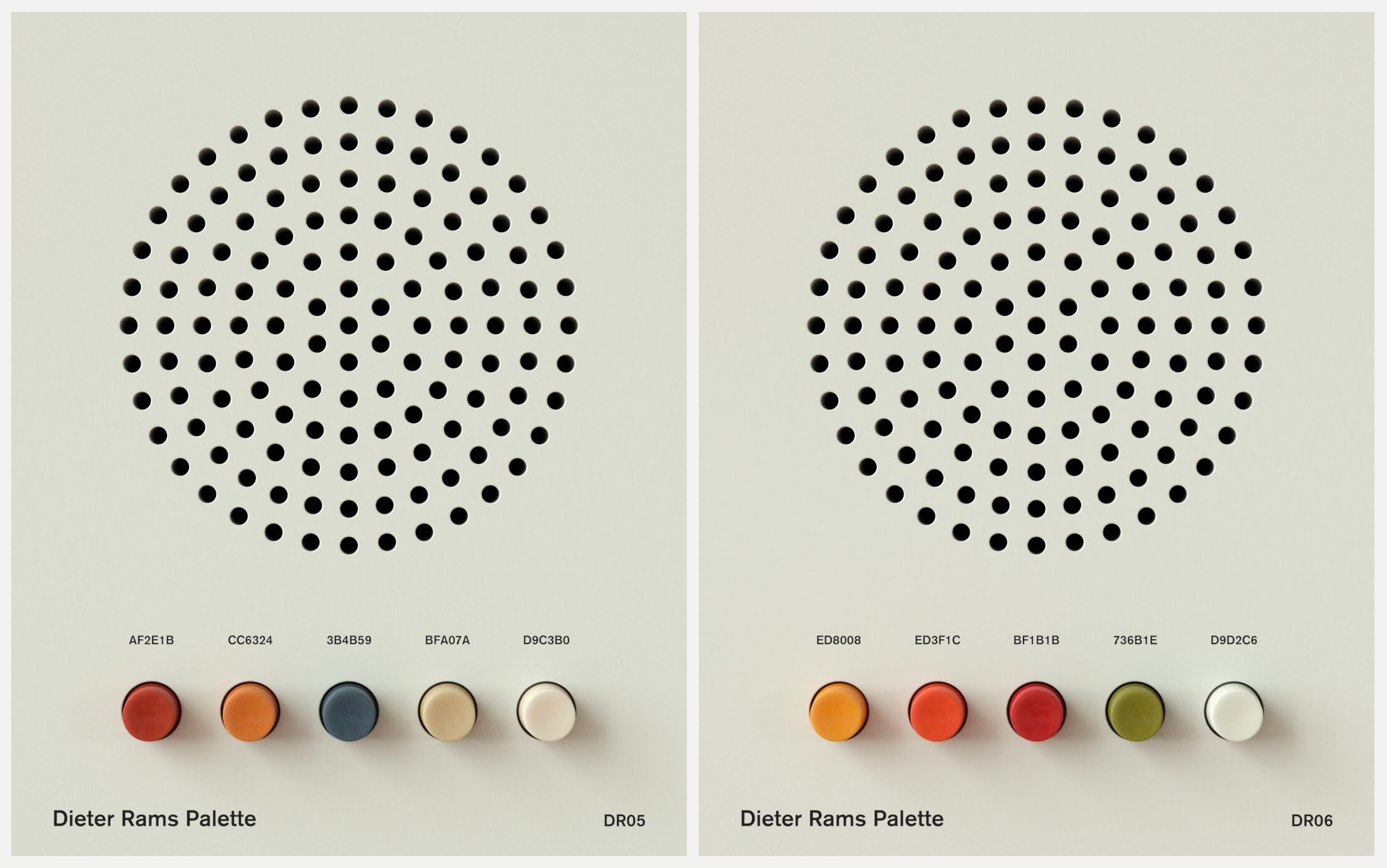Dieter Rams was born in Wiesbaden, Germany, in 1932, and the presence of his carpenter grandfather strongly influenced him. Rams’s early awards for carpentry led him to train as an architect as Germany was rebuilt in the early 1950s.
Prompted by an eagle-eyed friend, Rams applied for a job at Braun, a German electrical products company, in 1955. He was recruited by Erwin and Artur Braun following the death of their father, and his job was to modernize the interiors of the company that was launching revolutionary electrical products.

Rams became a protégé of the Ulm School of Design (successor to the Bauhaus) luminaries Hans Gugelot, Fritz Eichler and Otl Aicher. He quickly became involved in Product Design — famously adding the clear perspex lid to the SK4 radiogram in 1956 — and was appointed head of design at Braun from 1961 to 1995.
Dieter Rams introduced a systematic design linked to form and function in Braun; its varied products represented a utilitarian aesthetic from the Ulm school. He significantly contributed to Braun’s image, driving a new design approach focused on functionality.
To simplify the product, the objects were reduced to the essentials and stripped of distracting elements. “The aesthetic clarity of Braun’s products results from the logical ordering of the elements and the search for a simple and harmonious totality.”
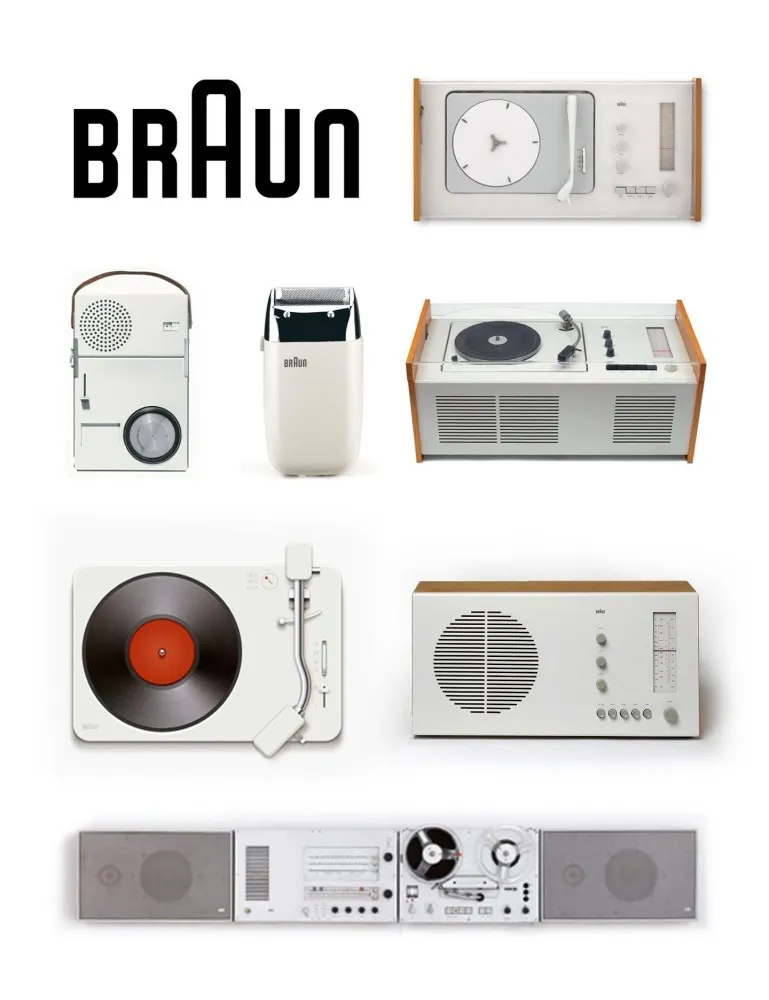
Rams has radically changed how we perceive electronic objects with his experience and modular approach, driven by clean and uncluttered lines. He implemented a new aesthetic style that would inspire future generations. His designs aim to improve people’s quality of life by creating extremely functional, durable, and valuable products that convey emotions that consumers identify with.
He and his design team were responsible for many 20th-century seminal domestic electrical products and furniture.
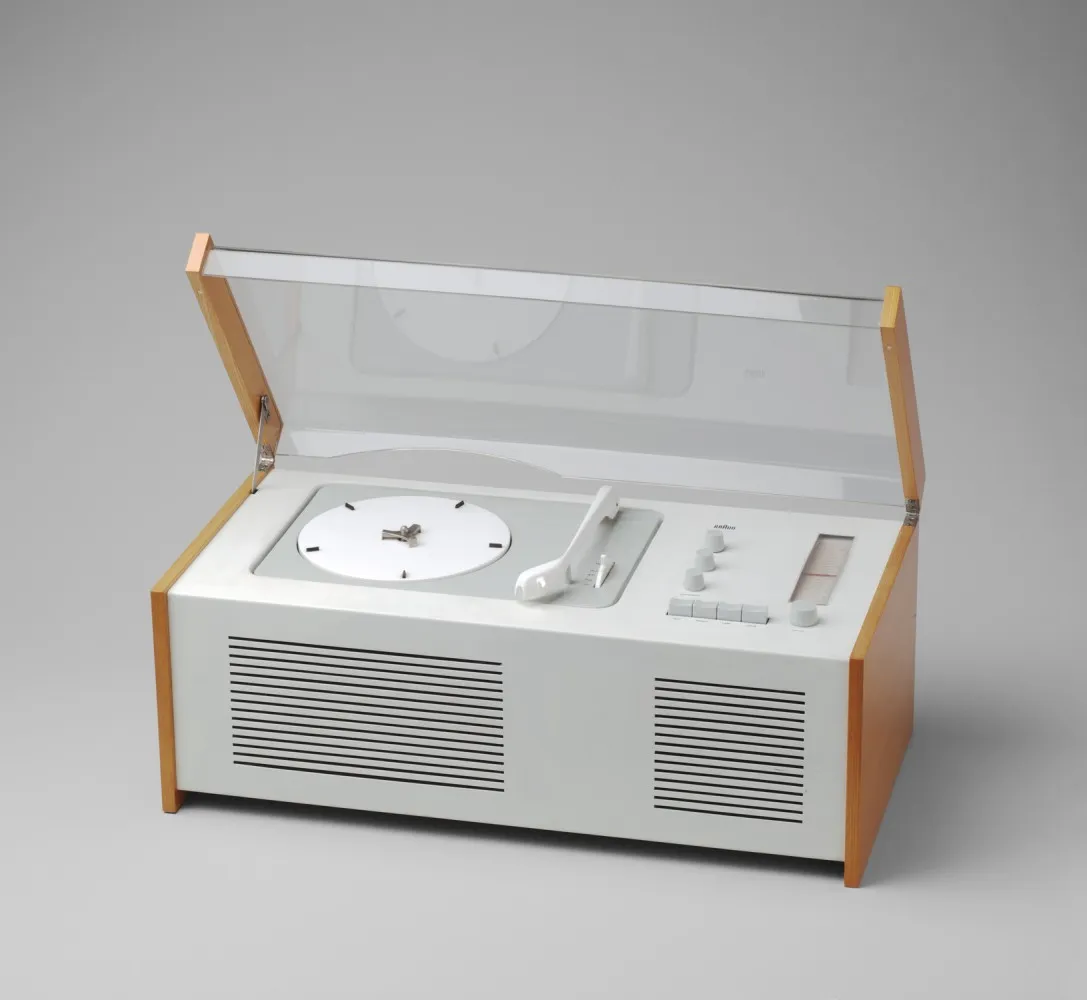
In the late 1970s, Dieter Rams was becoming increasingly concerned by the state of the world around him — “an impenetrable confusion of forms, colors, and noises.” Aware that he was a significant contributor to that world, he asked himself an important question: is my design good design?
As good design cannot be measured finitely, he expressed the 10 most important principles for what he considered good design.
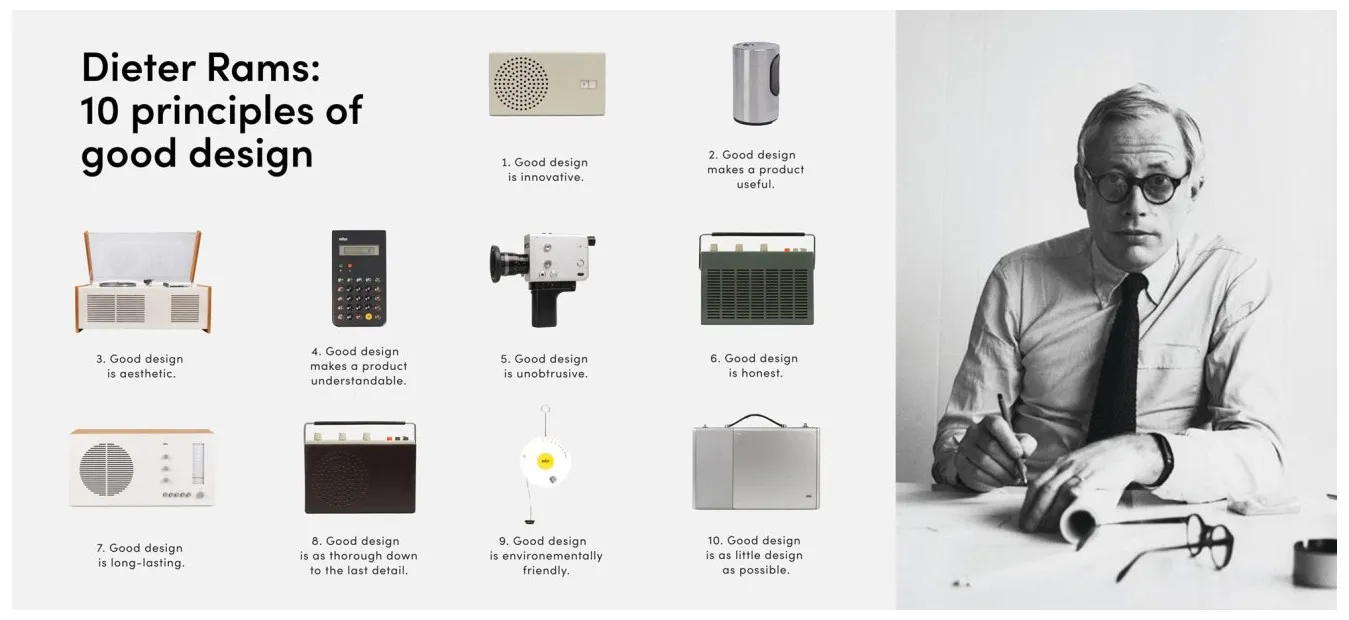
1 — Good design is innovative
The possibilities for progression are not, by any means, exhausted. Technological development always offers new opportunities for original designs. However, imaginative design always develops in tandem with improving technology and can never be an end in itself.
2 — Good design makes a product useful
A product is bought to be used. It has to satisfy not only functional but also psychological and aesthetic criteria. Good design emphasizes a product’s usefulness while disregarding anything that could detract from it.
3 — Good design is aesthetic
The aesthetic quality of a product is integral to its usefulness because the products we use daily affect our person and our well-being. But only well-executed objects can be beautiful.
4 — Good design makes a product understandable
It clarifies the product’s structure. Better still, it can make the product talk. At best, it is self-explanatory.
5 — Good design is unobtrusive
Products fulfilling a purpose are like tools. They are neither decorative objects nor works of art. Therefore, their design should be neutral and restrained to allow the user to express themselves.
6 — Good design is honest
It does not make a product more innovative, powerful, or valuable than it is. It does not attempt to manipulate the consumer with promises that cannot be kept.
7 — Good design is long-lasting
It avoids being fashionable and, therefore, never appears antiquated. Unlike fashionable design, it lasts many years — even in today’s throwaway society.
8 — Good design is thorough down to the last detail
Nothing must be arbitrary or left to chance. Care and accuracy in the design process show respect towards the user.
9 — Good design is environmentally friendly
Design makes an important contribution to the preservation of the environment. It conserves resources and minimizes physical and visual pollution throughout the product’s lifecycle.
10 — Good design is as little design as possible
Less, but better — because it concentrates on the essential aspects, and the products are not burdened with non-essentials.
A scene from “Rams”, Gary Hustwit’s new documentary about legendary designer Dieter Rams, with original music by Brian Eno. Motion graphics by Trollback & Co.
Back to purity, back to simplicity.
Over the years, the Royal Society of Arts in London has recognized his work as Royal Designer for Industry. Also awarded the SIAD medal by the Society of Industrial Artists and Designers in London and the World Design Medal by the Industrial Designer Society of America.
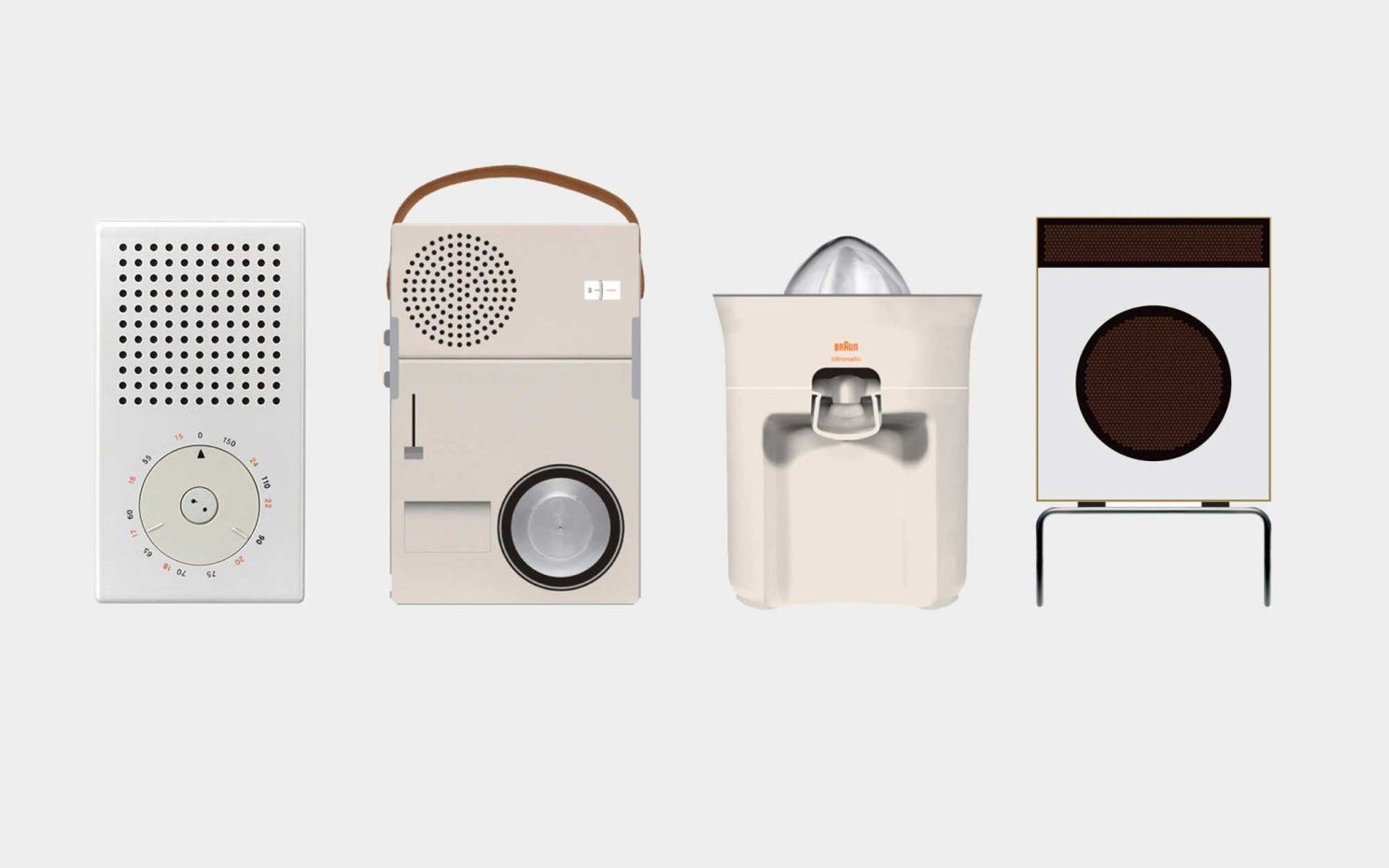
In 1995, he published the book “Less but Better” reporting his design philosophy and his main products produced at Braun. His work has a quality that distinguishes it from the vast majority of industrial design in the mid-twentieth century.
Dieter Rams is a pioneer in showing how design can have a strong orientation by creating innovative solutions that respond to everyday problems, so design only works for Rams when looking for a solution for humanity. His attitude towards design has led many people to identify with his philosophy of “less, but better,” about getting rid of excess, visual pollution, and living only with what is necessary.
He is an excellent reference in design, but above all, he is a great example of a design leader who revolutionized Braun’s history.
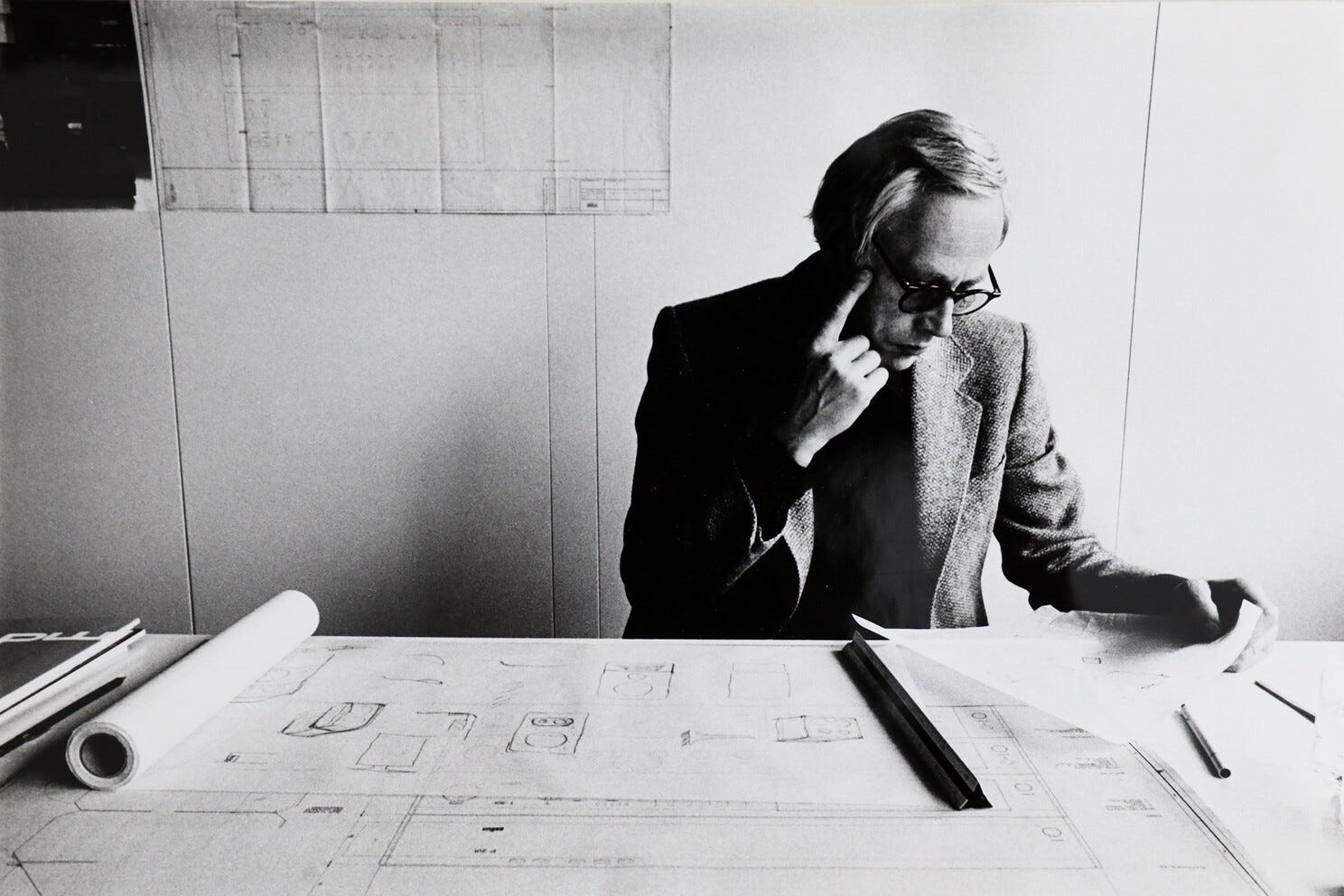
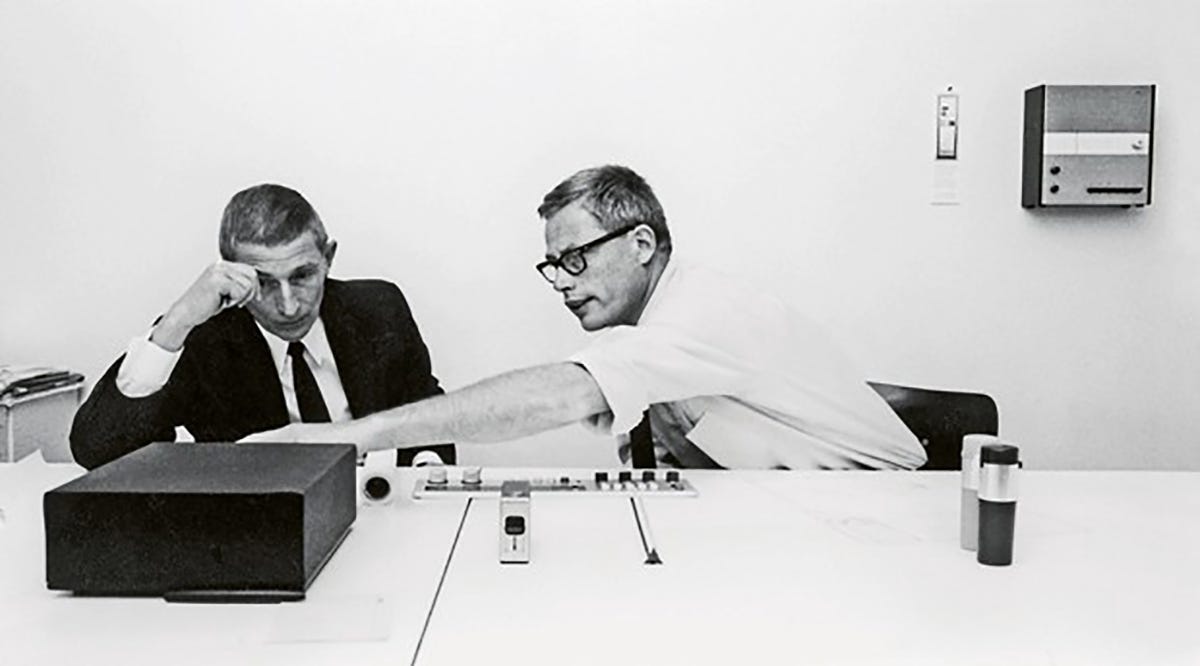
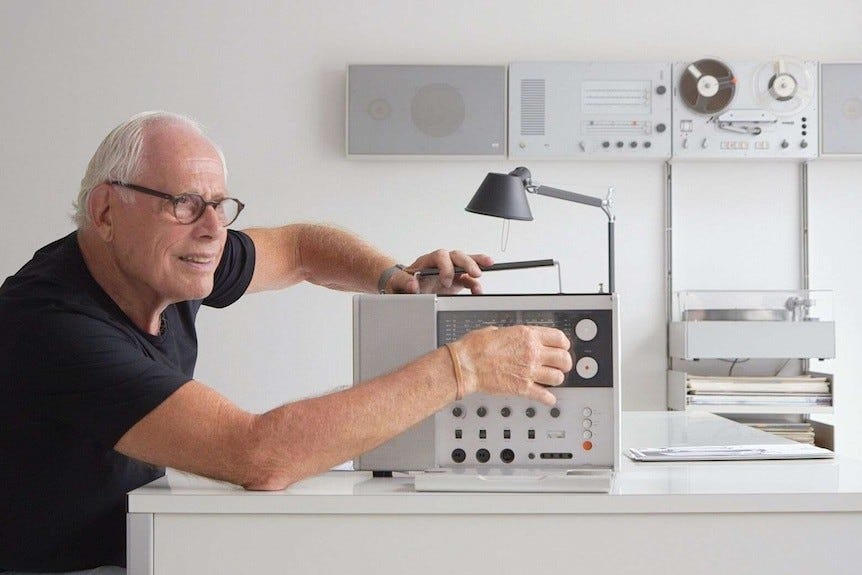
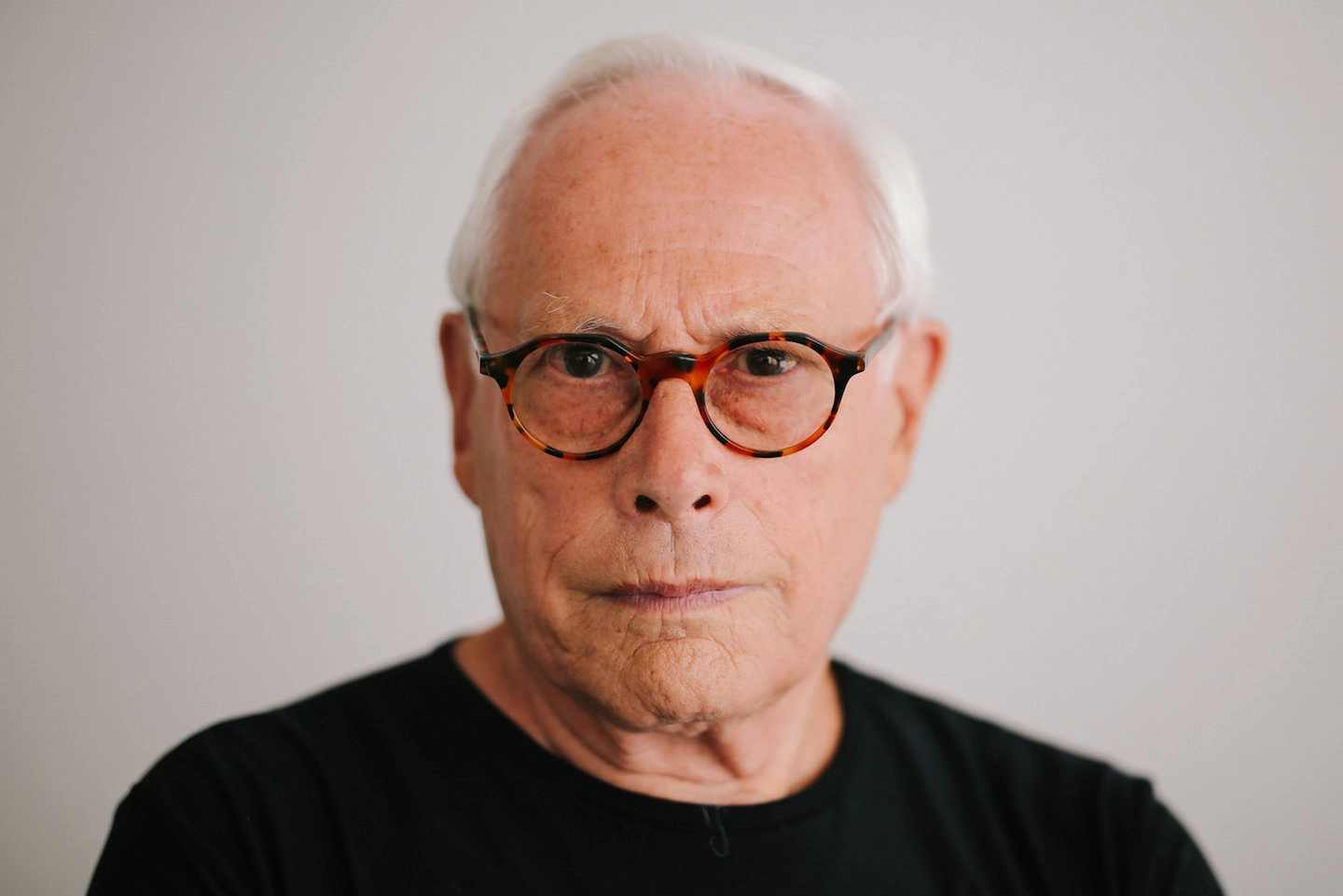
Poster
🖼 Download this poster, print and hang it on your wall as a reminder.
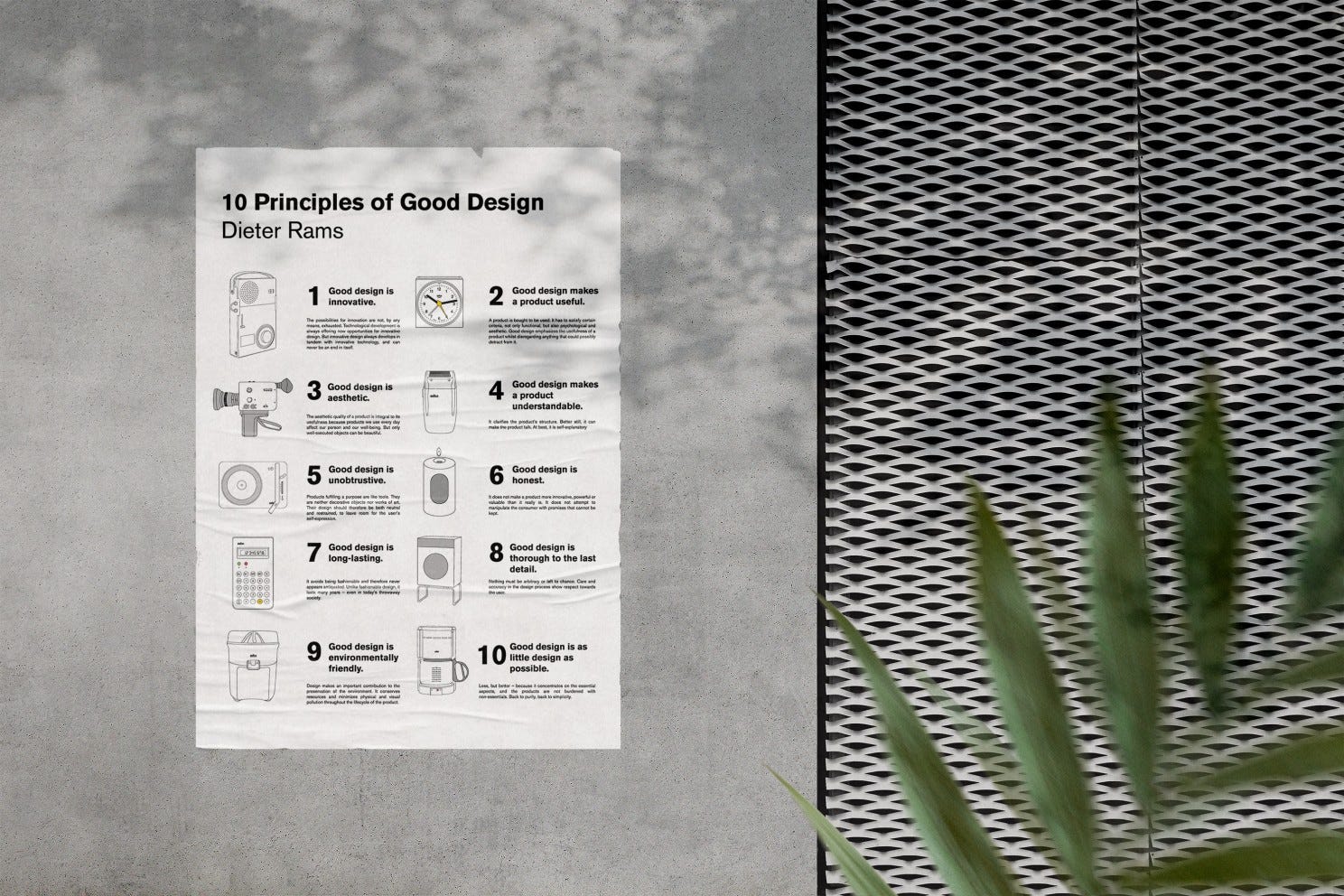
Dieter Rams Color Palettes
🎨 Get this Figma community file for Ditere Rams inspired color palettes.
